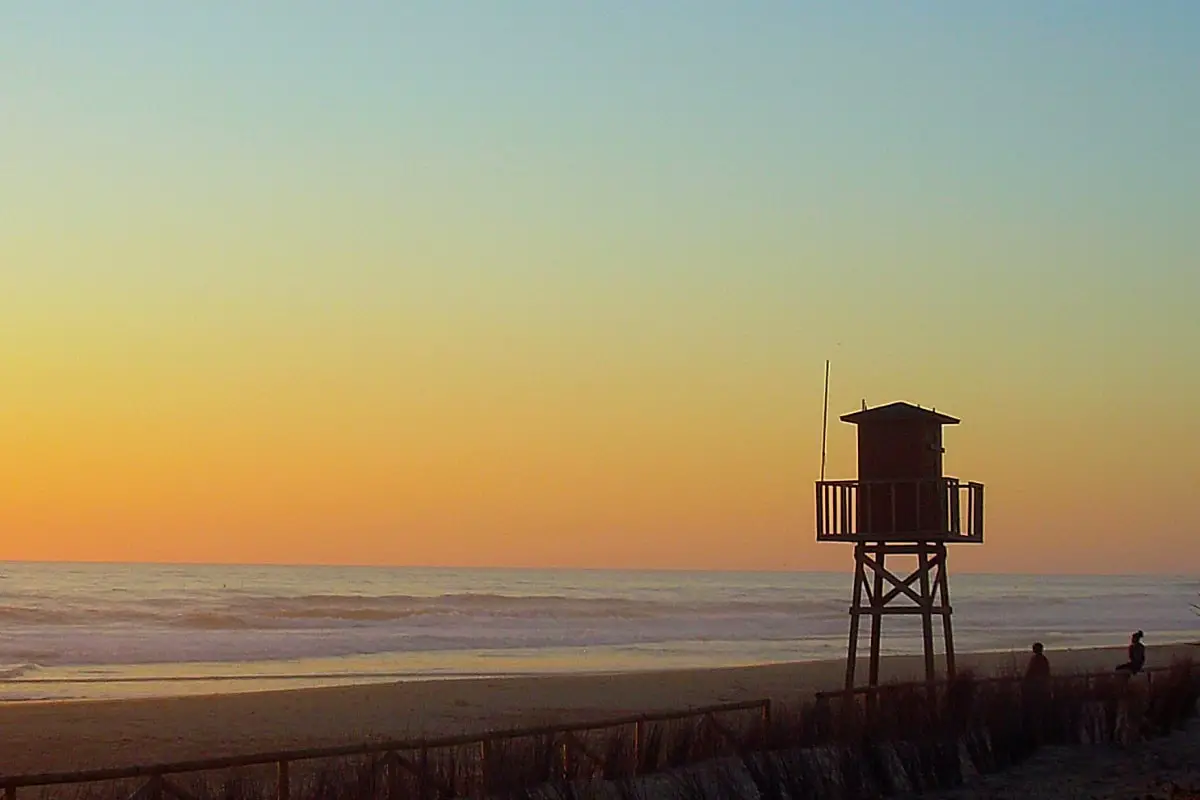Spain is home to a large number of popular tourist resorts with its coastline dotted with great beach destinations. While some are well known and are clearly geared to international visitors looking for fun, sun and sea on a budget, there are also plenty of more secret gems which aren’t always on the radar of visitors from overseas. In this post, we’ll look at five of the best beach towns in Spain.
5 of the best Beach Towns in Spain
Donostia-San Sebastian, Basque Country
Donostia AKA San Sebastian, is one of Spain’s most beautiful cities and is home to one of its most stunning beaches. La Concha is an extraordinary crescent shaped bay that forms one of Europe’s most iconic beaches and one of the best city beaches you will find anywhere in the world. The only real downside is the climate with the Basque Country’s unpredictable and often wet weather in contrast to many of Spain’s most popular beach destinations.
San Sebastian is much more than just a nice beach though. It’s also a major destination for culinary lovers with its wide range of tasty pintxo offerings ensuring visitors won’t go hungry. Throw in a cobblestoned old town, pretty marina and several smaller beaches, and you have the recipe for a very enjoyable visit.
Ribadesella, Asturias
As far as less well known and less touristy beach towns in Spain go, you will struggle to find many better than Ribadesella. It’s located in the green and incredibly picturesque region of Asturias which is popular with travellers in Spain but doesn’t get a huge amount of visitors from abroad with relatively poor flight links a factor in that.
Ribadesella’s location, near the estuary of the Sella River, creates the uniquely shaped Playa de Santa Marina with its long stretch of sand perfect for relaxing on a summer’s day. The town is also known for its prehistoric caves (open to visitors year-round) and ancient art while nature lovers won’t struggle to find new places to hike and explore in the surrounding Asturian countryside.
Cádiz, Andalusia

If you’re not willing to risk the blustery weather in the north, you can almost always rely on the sun to shine in Cádiz, one of Andalusia’s best destinations. One of the oldest cities in Europe, Cádiz has a long and complicated history and you really can step back in time by wandering around the narrow streets of its enchanting Old Town.
The modern city is situated on a thin strip of land and just about everywhere in town has easy access to the magnificent Playa de la Victoria, a long and wide sandy beach looking out west onto the vast Atlantic Ocean. It’s generally warm enough to hit the beach from May right through to late October and the large spaces ensure it rarely gets too over-crowded which can be a problem in some of Spain’s other cities.
Sitges, Catalonia
If you’re looking for lively beach towns near Barcelona, then you will struggle to find many better than Sitges. It is home to many small beaches and little bays with an array of quirky bars and chiringuitos where you can sample fresh food and drink well with gorgeous sea views.
Sitges is also a good place to experience some of the more unique aspects of Catalan culture. It hosts various celebrations during the summer months with Castellers (human towers) a common sight. Perhaps the most famous event on the calendar is the Sitges Film Festival which attracts movie stars and fans from around the world, with a particular emphasis on fantasy and horror films.
The city is also known for its gay scene and is a popular summer destination for LGBTQ travellers in Spain.
Palma de Mallorca, Balearic Islands

The Balearic island of Mallorca is well known for having some of the best beaches in Spain, but many travellers still overlook its stunning capital Palma in favour of one of the holiday resorts. That’s a bit of a shame as Palma de Mallorca has so much to offer with a pretty marina, beaches with turquoise waters and a mazy Old City which offers hints at its Arab past.
Palma is also one of the most accessible cities in Spain with a large airport offering flights in from all around Europe. You could easily spend a few days here getting lost in its ancient streets and enjoying coastal strolls before you even leave the city limits behind and try to discover everything else that the largest of the Balearic Islands has to offer.
Spain Entry Requirements
As of August 2021, all travellers arriving in Spain from abroad, regardless of nationality, age, or gender must complete the online Formulario de Control Sanitario (FCS), Spain’s Health Control Form in order to gain entry. Once complete, you’ll get a QR code which must be shown when you arrive in the country.
In addition, arrivals from areas designated as high risk by the Spanish government must either show proof of full vaccination against Covid-19 or a negative diagnostic test report. Quarantine is not required in most cases although there are some exceptions. Currently visitors from Argentina, Bolivia, Colombia, and Namibia must self-isolate for 10 days even if they are vaccinated, although you can be released from quarantine on the 7th day by having a negative test.
You should also of course check the regular visa policy for Spain to make sure you don’t require any extra documents. This won’t be the case if you are from another EU country and many other nationalities can also enter Spain visa-free for tourist purposes.
This article was published in August 2021


